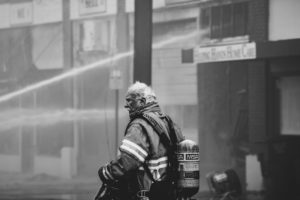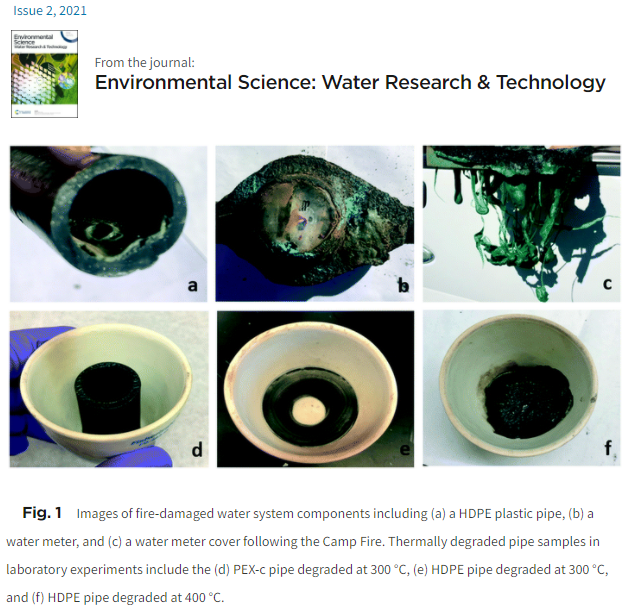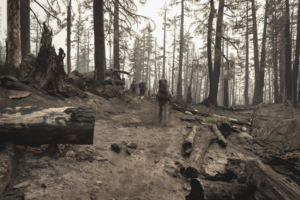
Building Materials Matter: Firefighters Burdened by Facility Infrastructure
The leading cause of occupational deaths for firefighters is cancer, killing two out of three firefighters who die in the line of duty. Plastic fuels much of the toxic smoke that threatens firefighter health. … more




